Tiger King – the most advanced but unfashionable tank of Nazi Germany
Tiger King – the most advanced but unfashionable tank of Nazi Germany
A restored King Tiger in France
After the success of the inclined armor design applied on the Soviet T-34 tank, Germany launched the Panther tank with a design learned from the enemy.
In 1937, Henschel won a contract to produce a new heavy tank.
Henschel’s design is traditional with a rear-mounted engine, body layout similar to the Panther tank, and many vehicle parts are also taken from the Panther line to simplify production.
Meanwhile, Posrche’s model is unconventional with a mid-mounted turret and rear engine, while the second version places the rear turret and engine in the middle of the vehicle, similar to the Ferdinand self-propelled gun.
Tiger II is a very heavy tank with a mass of up to 68 tons.
Entering service in 1944, Tiger II fought on both the Eastern and Western fronts, mainly on the Eastern front.
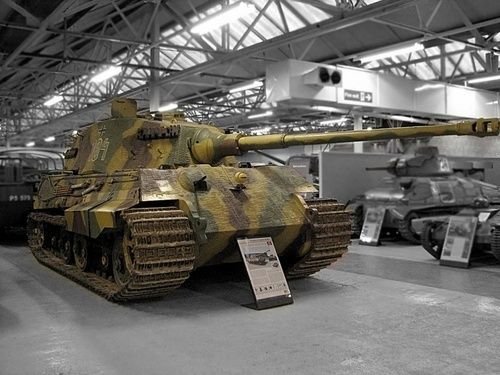
King Tiger in a museum.
But in the first major battle with Soviet tanks, the Tiger II suffered heavy damage.
Germany has up to 45 Tiger IIs in service, but only 16 vehicles are operational.
Both sides are in an advantageous position.
Soviet vehicle crews decided to use anti-infantry explosive fragmentation shells to shoot at Tiger II.
After obtaining the Tiger II vehicles for research, the Soviet Union concluded that the `Tiger King` Tiger II encountered many technical errors, especially in the engine when it continuously failed after only a few dozen kilometers of operation.
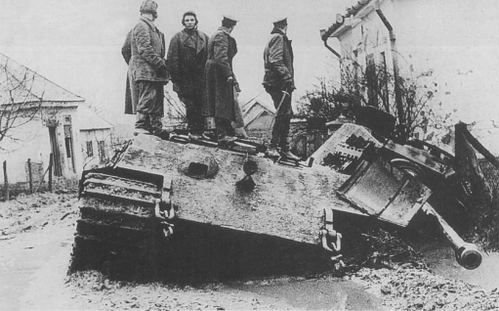
Soviet officer standing on a destroyed King Tiger.
The last tank battle that the Tiger II participated in was the Wisla-Oder campaign, where 23 Tiger II tanks and 29 Tiger I tanks supported by 13 Panther vehicles were pitted against the Soviet 61st Guards Tank Brigade.
With extensive experience, the Soviet crews waited for the Tiger formation to approach before opening fire, then took advantage of the T-34’s mobility to move between buildings and shoot at the enemy tank’s flanks.
The Tiger II was 7 times more expensive than the T-34, and was produced in low quantity and quality.
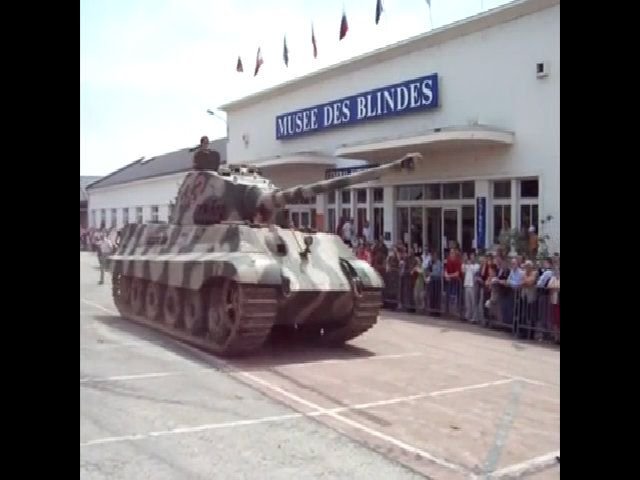
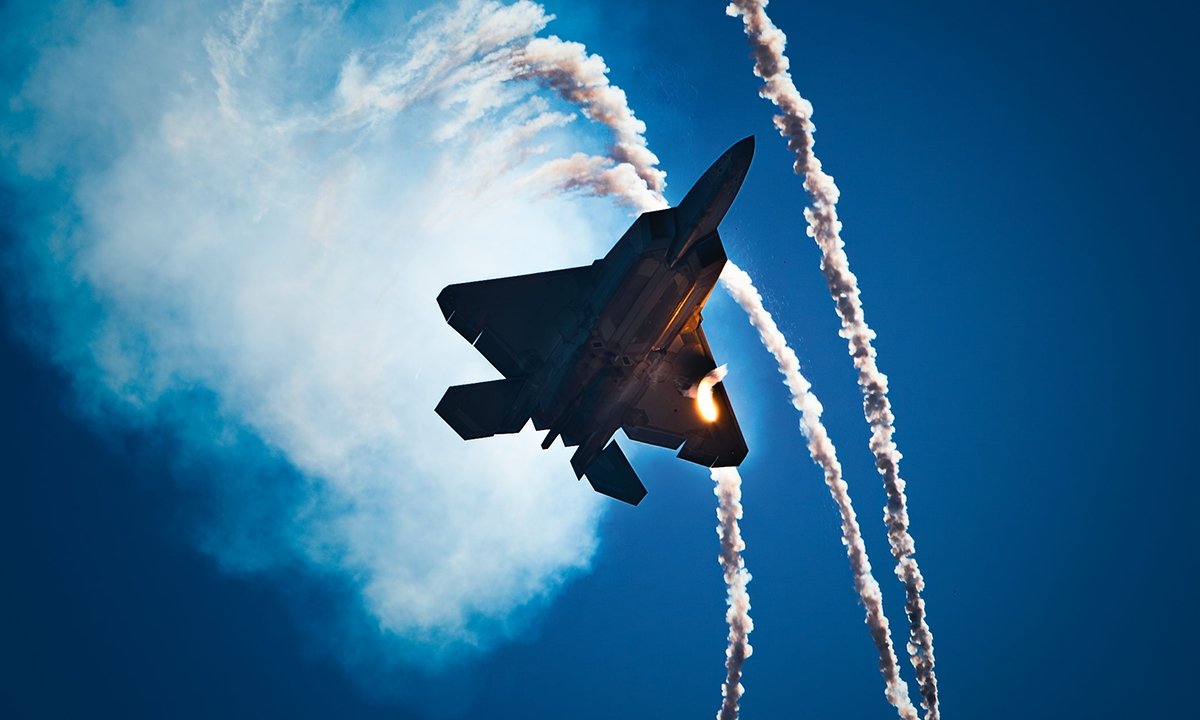
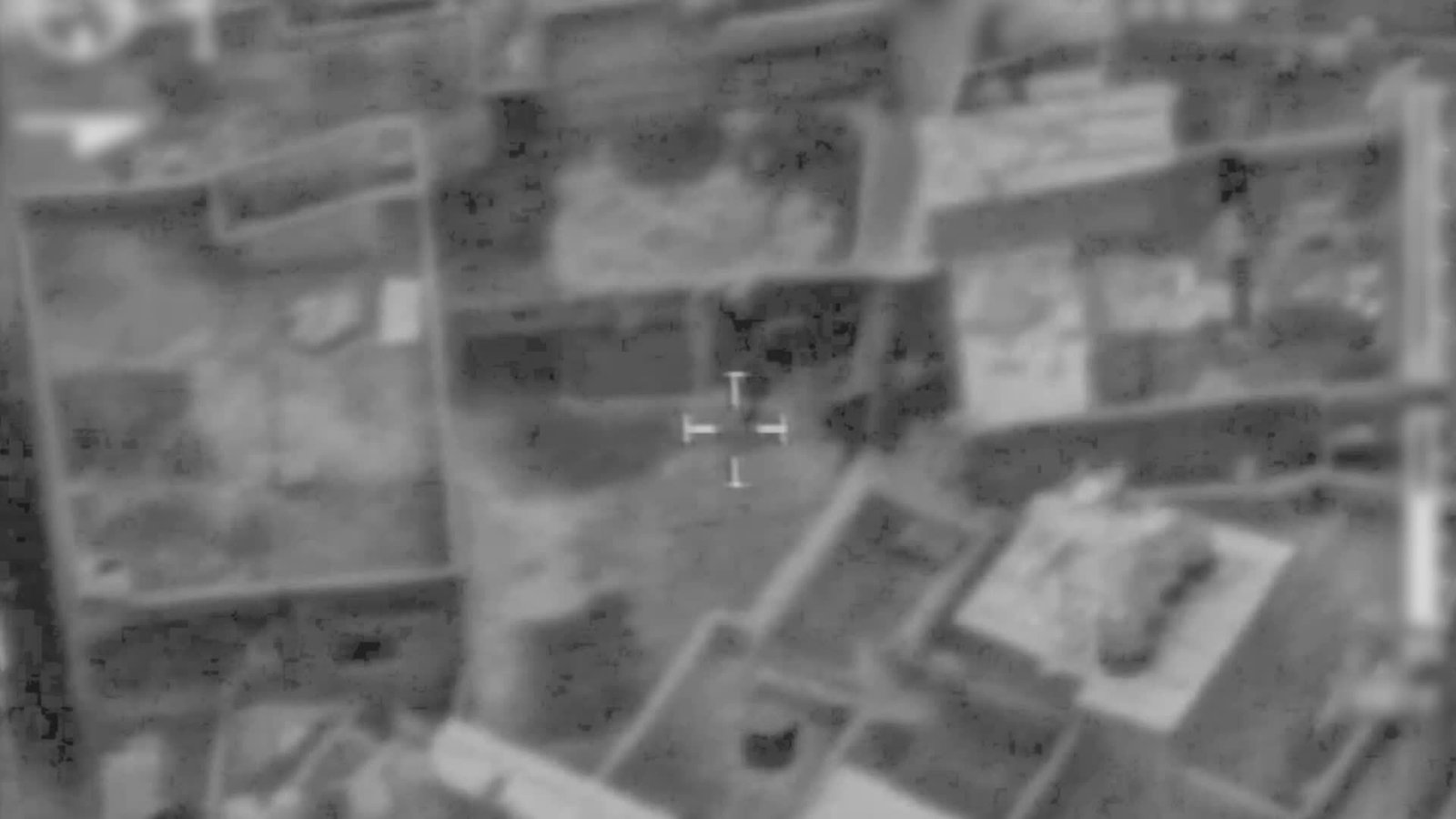
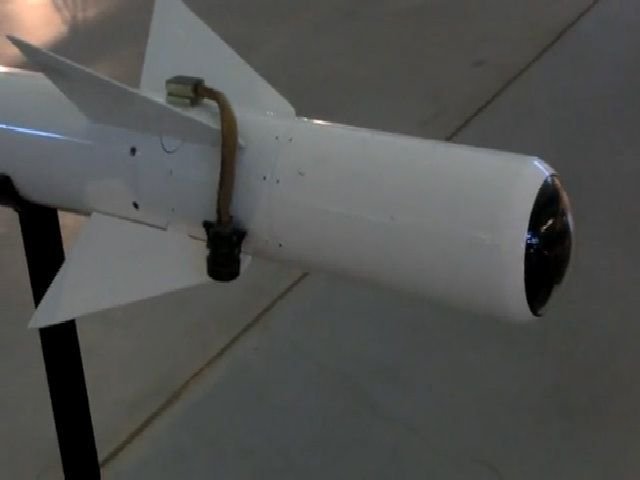










Post Comment